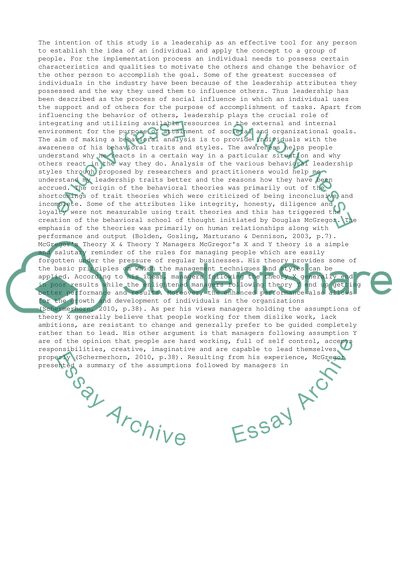Cite this document
(“Leadership Theories Essay Example | Topics and Well Written Essays - 2000 words”, n.d.)
Retrieved de https://studentshare.org/management/1391298-leadership
Retrieved de https://studentshare.org/management/1391298-leadership
(Leadership Theories Essay Example | Topics and Well Written Essays - 2000 Words)
https://studentshare.org/management/1391298-leadership.
https://studentshare.org/management/1391298-leadership.
“Leadership Theories Essay Example | Topics and Well Written Essays - 2000 Words”, n.d. https://studentshare.org/management/1391298-leadership.


